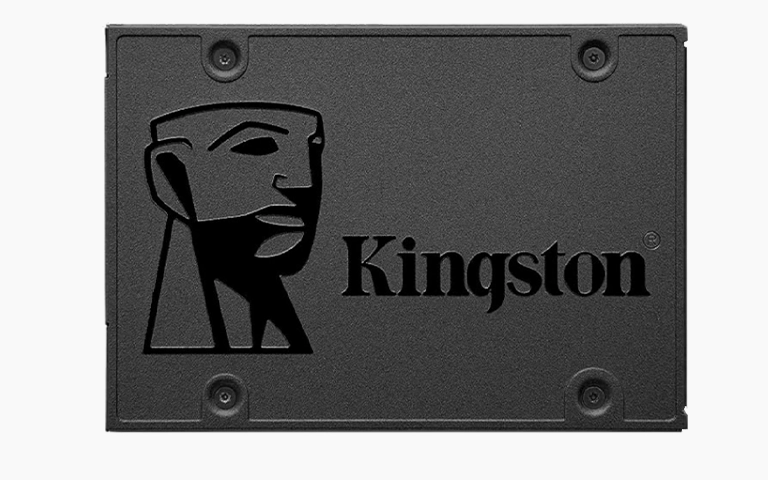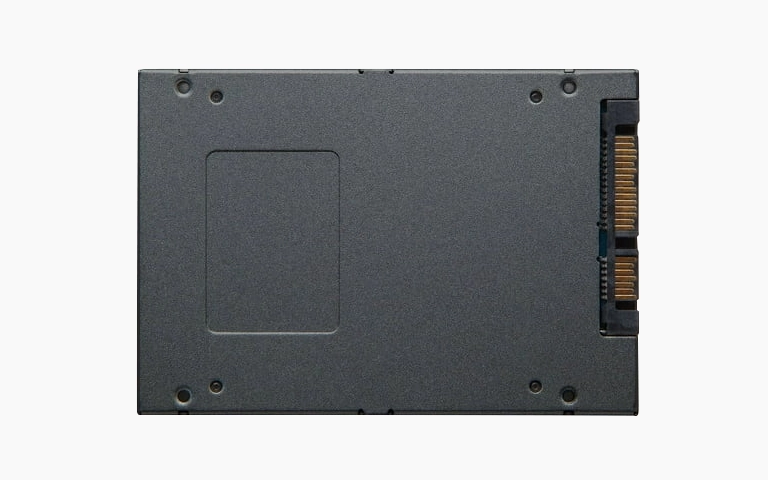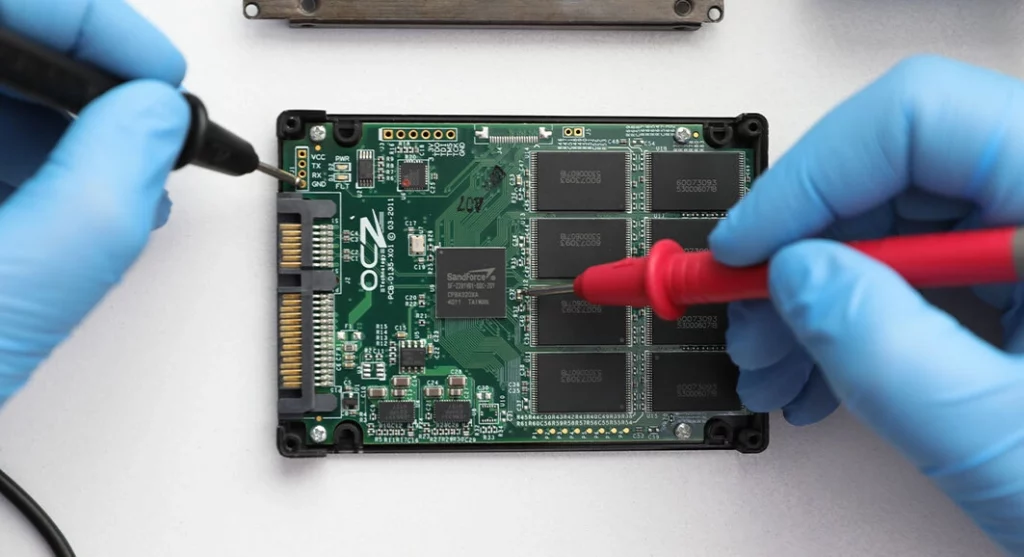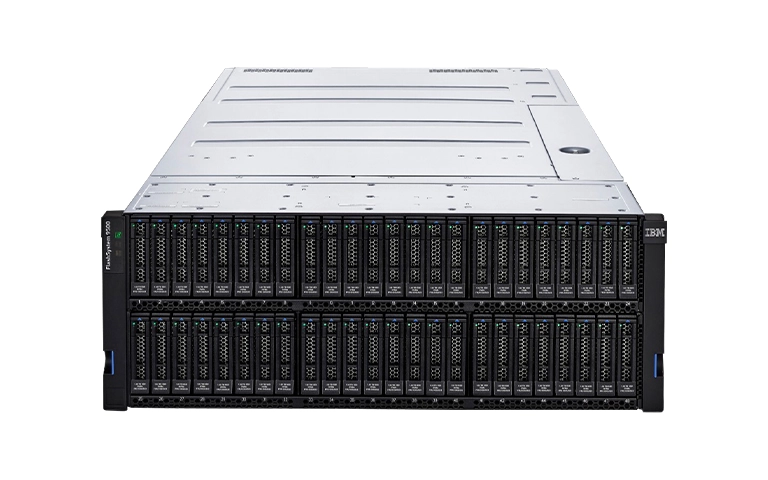A client recently approached us with a troubling situation: their Kingston A400 SSD had suddenly stopped working. The drive was no longer detected by their computer, and with no recent backups in place, they were at risk of losing months of important architectural project data.
This case highlights a common issue with Phison PS3111-based Kingston SSDs a problem known in the industry as firmware-level failure or SATAFIRM S11 mode. In this case study, we’ll show how we diagnosed the failure, executed a safe recovery, and helped the client regain full access to their data.

The Problem: Kingston SSD Not Detected
Client Reported Symptoms:
- Kingston A400 SSD suddenly became unresponsive
- Drive not detected in BIOS or Windows Disk Management
- No LED activity or power signs from the drive
- External enclosures and SATA-to-USB adapters failed to recognize it
- Contains critical business documents and design files
The drive had simply failed without warning, leaving the client an architectural firm with no access to their active project directory.
Device Overview
- Brand: Kingston
- Model: A400 240GB
- Controller: Phison PS3111-S11
- NAND Type: TLC
- Interface: SATA III
These SSDs are widely available and budget-friendly, but they are also known to experience firmware failures, especially after prolonged use or sudden power loss.

Diagnosis and Initial Findings
After receiving the SSD in our lab, our engineers performed a detailed evaluation using non-invasive tools. Key findings included:
- The SSD showed no response through standard SATA interface
- No voltage output was detected on critical controller pins
- The controller had entered firmware panic mode, likely due to corruption in the service area
Get a Free Consultation.
Our recovery experts are ready to assess your device and guide you through the safest path to recovery. Fill out the form to get started.
"*" indicates required fields
In simple terms, the SSD was alive at a very low level but had lost its ability to present itself to the system.
Common Cause: PS3111 Controller Failure
The Phison PS3111 controller used in this SSD model has a hidden firmware partition called the service area, which stores:
- Wear-leveling algorithms
- Bad block maps
- Flash Translation Layer (FTL)
- Initialization routines
When this firmware area becomes corrupted often due to aging NAND, voltage fluctuations, or improper shutdown the controller locks up and no longer communicates with the host system.

The Recovery Process
1. Safe Firmware Access via Tech Mode
We connected the SSD to a PC-3000 SSD recovery platform, which allowed access to the drive’s controller in “Tech Mode” a low-level communication channel used for firmware operations.
2. Service Area Repair
Several firmware modules in the service area were corrupted. We extracted partial backups, analyzed module structure, and repaired damaged tables using a verified Kingston A400 firmware template matched to this drive’s NAND configuration.
3. Rebuild of Flash Translation Layer (FTL)
The FTL was completely missing, so our engineers reconstructed it from NAND metadata and firmware logs. This process is crucial for logical access and file system recovery.
4. Imaging the NAND Safely
With the FTL restored, the SSD was stabilized in safe-read mode, allowing us to image the drive while skipping bad sectors and retrying marginal blocks.
Your Data Security Is Our Priority
Data privacy isn’t optional. It’s our commitment. Our secure recovery process ensures your sensitive information stays protected from start to finish.
Trust in certified security. Start your recovery today! Call Now: 888.611.0737
The Result
- ✅ 221 GB of data recovered from the 240GB drive
- ✅ Original file and folder structure preserved
- ✅ No corruption found in project files, emails, or QuickBooks data
- ✅ Delivered on encrypted external SSD within 5 business days
The client resumed operations the next morning with full access to their recovered data without needing to rebuild months of work.
Why DIY Attempts Could Have Failed
We often see users try to solve SSD issues themselves. In cases like this, it’s incredibly risky:
- Flashing firmware without proper knowledge can brick the drive permanently
- Cloning software won’t work when the FTL is gone
- Opening the SSD risks static damage or NAND chip misalignment
- Free recovery tools are ineffective at controller or firmware level
If the client had attempted these methods, the recovery success rate would have dropped significantly or worse, resulted in permanent data loss.

DIY Recovery
Risks permanent data loss
Let the Specialists Handle It
DIY attempts often result in permanent data loss. Our certified recovery specialists use advanced tools in controlled environments for the highest success rate.
How to Avoid This in the Future
- Avoid using entry-level SSDs for critical systems
- Implement a reliable, versioned backup strategy using both local and cloud storage
- Use power protection (UPS) to prevent data loss during outages
- Monitor drive health regularly with SMART tools or monitoring software
Facing a Similar Problem?
If your Kingston SSD is not detected or appears as SATAFIRM S11, stop using the drive immediately. Each failed boot cycle can degrade the NAND further and reduce the chance of ssd data recovery.
- Call our experts
- Learn more about our SSD Data Recovery Services
- Submit your case through our Request Help Form

Don't Let Data Loss Ruin Your Business
Minimize business disruption. We retrieve lost data fast, so you can focus on what matters.



